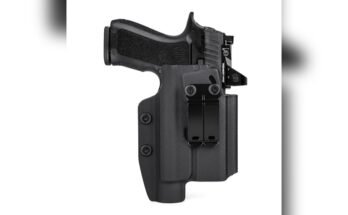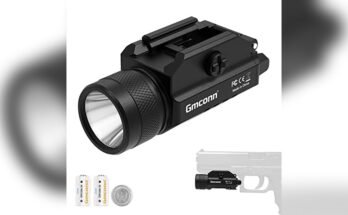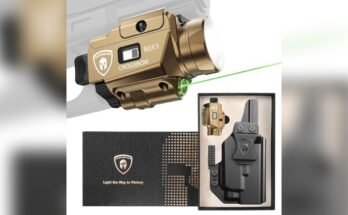If you’ve tried to draw a concealed gun while buckled in, you know it can feel like wrestling a seat belt octopus. I’ve tested dozens of rigs on long commutes, road trips, and range days inside vehicles. Here’s the clear truth: the best holster for sitting or driving balances comfort, concealment, and fast, safe access. In this guide, I break down what works, what fails, and how to set up your carry so you can stay secure on and off the road. Let’s dig into what makes the best holster for sitting or driving and how to choose yours with confidence.
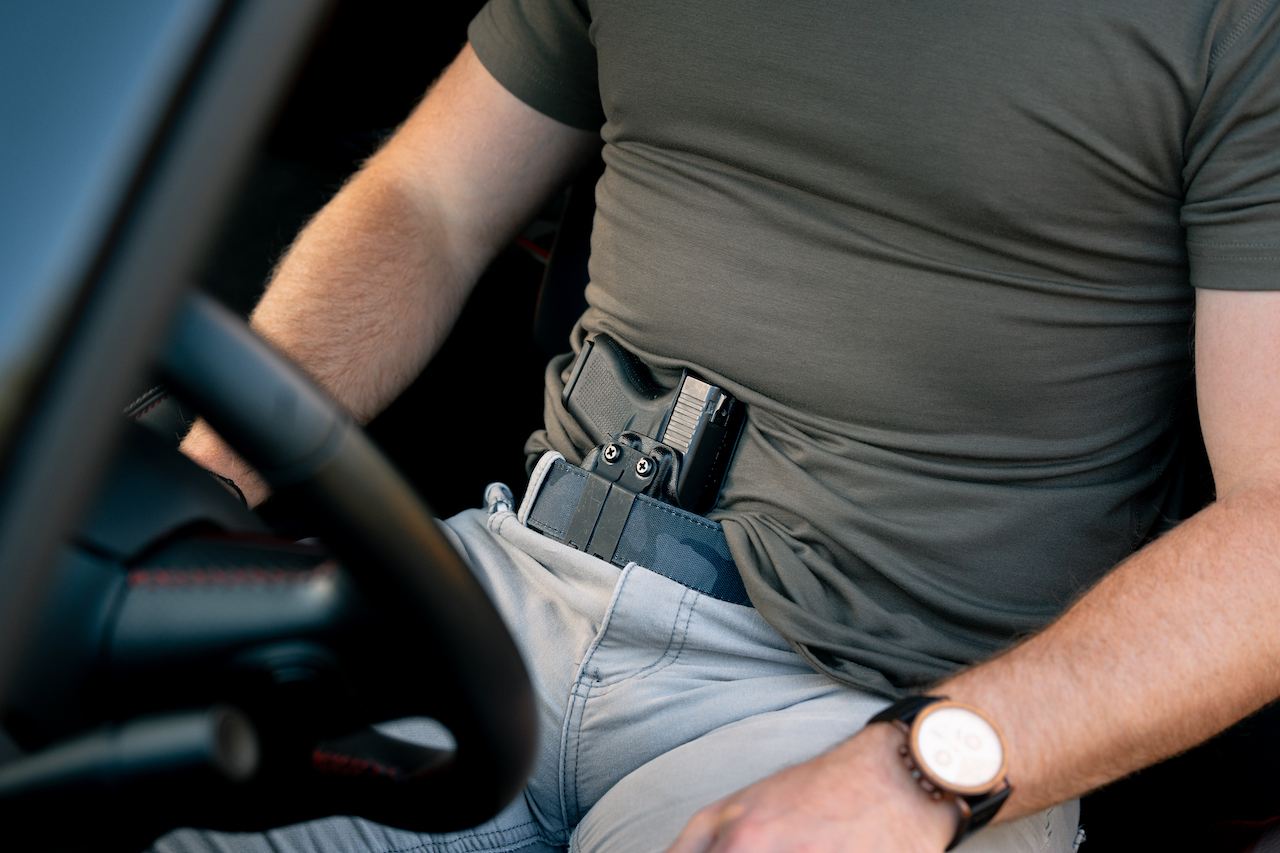
Source: harrysholsters.com
Key Challenges When Sitting Or Driving
Sitting changes your draw angle and compresses the holster into your body. That affects safety and speed.
- Seat belt interference: The lap belt covers your waistline. It can trap your shirt and block your grip.
- Muzzle direction: Some holsters point at your thigh or femoral artery when seated. That is a hard no.
- Pressure points: Rigid clips and bulky edges dig into your hip or abdomen over time.
- Print risk: Clothes crease and bunch up when you sit. That can reveal the outline of your gun.
- Access with one hand: In a vehicle, you may need a one-handed, clean grip under stress.
What this means in practice: you want a holster that gives a full firing grip, clears the seat belt path, keeps the muzzle safe, and stays put when you move.
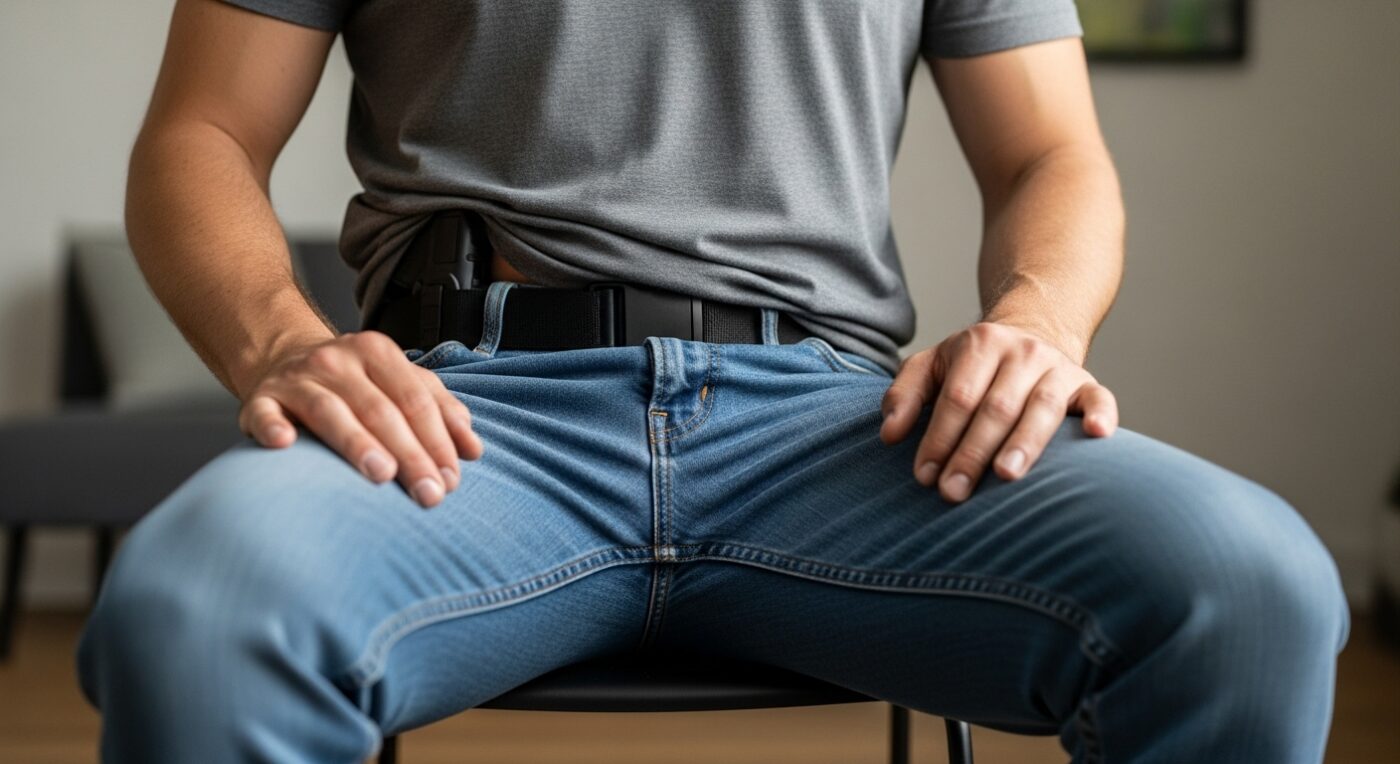
Source: cloudsterpillow.com
Holster Types Compared For Seated Carry
Here is how the most common holster styles perform when you spend lots of time in a seat.
Appendix Inside the Waistband (AIWB)
– Pros: Fastest draw when seated, strong concealment, easy to guard the gun, good one-handed access.
– Cons: Needs a holster with proper wedge and claw to manage comfort and tilt. Holster must fully cover the trigger and keep a safe muzzle angle.
– Best for: Slim to average builds, but works for big frames with the right wedge and belt.
My take: AIWB is my top pick for driving if set up right. It beats strong-side IWB for access under a seat belt.
Cross-Draw IWB/OWB
– Pros: Clear draw path while seated, easy access with seat belt on.
– Cons: Can sweep across the body if your draw is sloppy. Concealment can be harder under light shirts.
– Best for: Long road trips, larger midsections, shoulder issues limiting AIWB.
Tip: Train a straight-up-and-out draw to avoid sweeping.
Shoulder Holster
– Pros: Very comfortable while seated, easy access with seat belt, great for winter layers.
– Cons: Requires a cover garment. Some ranges restrict use due to horizontal muzzle. Needs tight retention.
– Best for: Cold weather, longer barrels, heavier pistols.
Look for vertical or slight downward cant to reduce the horizontal muzzle issue.
Strong-Side IWB/OWB (3–4 o’clock)
– Pros: Familiar, stable, widely available.
– Cons: Worst for seat belt interference. Hard to get a full grip while seated.
– Best for: Standing carry. With driving, consider a dedicated in-car staging plan if legal.
Belly Band and Enigma-Style Chassis
– Pros: Beltless carry, flexible placement, good for athletic wear or dresses.
– Cons: Needs careful setup for trigger protection and reholstering.
– Best for: People who cannot use a traditional belt, rideshares, travel.
Off-Body Car Mounts And Bags
– Pros: Can be fast if placed well. Keeps the waist free.
– Cons: Retention and legal issues. Risk of unauthorized access. Not on you during a crash.
– Best for: Niche cases. Only with strict retention, locked storage, and local law compliance.
Bottom line: For most people, AIWB and cross-draw win for seated access. Shoulder holsters shine in cold weather with cover garments.
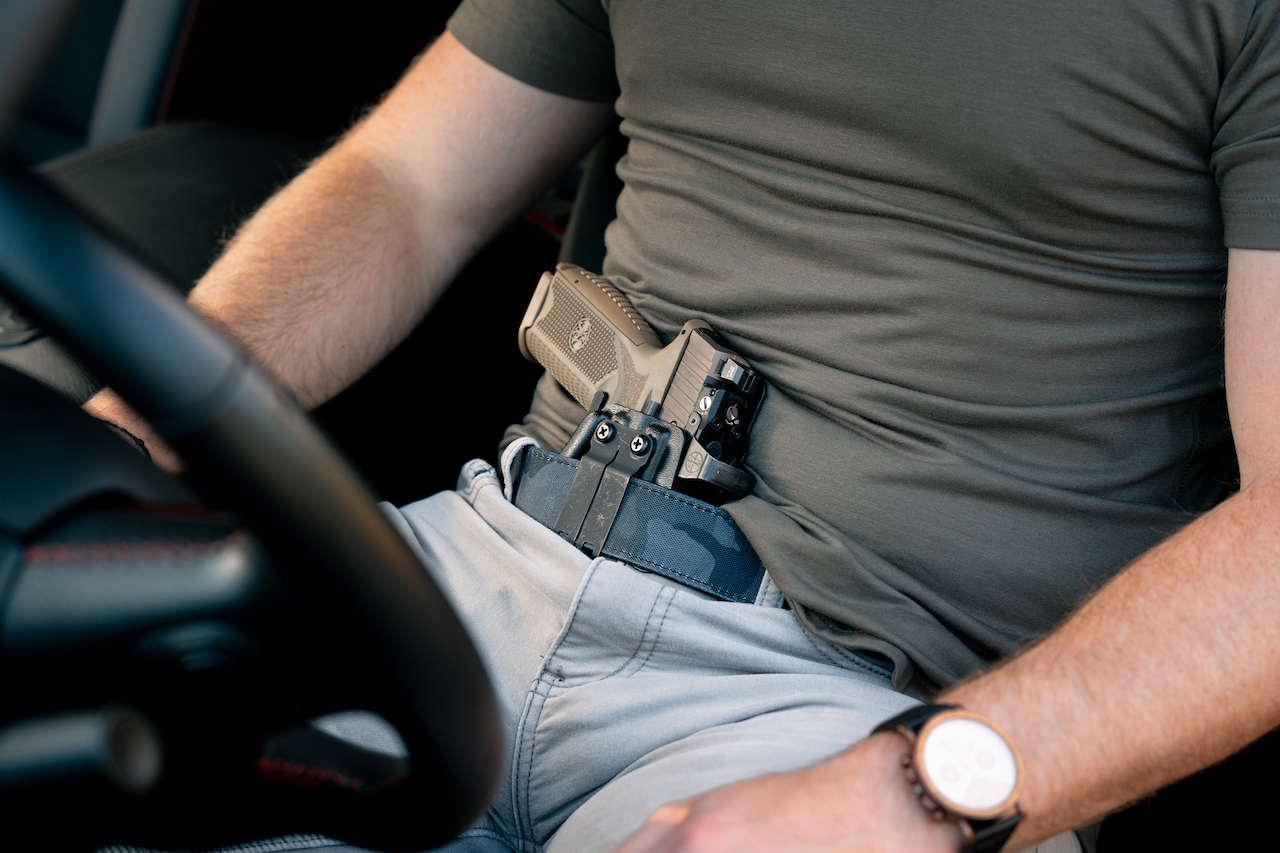
Source: harrysholsters.com
How To Choose The Right Holster For Your Body And Car
Match the holster to your anatomy, gun size, and vehicle setup.
- Body type: If you carry extra around the midsection, use a holster with a foam or gel wedge. It tilts the muzzle out and the grip in. That reduces hot spots and printing.
- Belt and clips: Use a rigid gun belt. Choose steel or high-strength polymer clips with anti-lift wings for stability.
- Cant and ride height: For AIWB, a neutral or slight negative cant often draws best seated. Lower the ride height until you can still get a full firing grip.
- Claw/wing: A claw pushes against the belt to tuck the grip. It helps concealment while seated.
- Trigger coverage and mouth reinforcement: Holster must cover the trigger fully. A reinforced mouth supports safer reholstering.
- Seat belt plan: Practice lifting the shirt, pinning the belt out with your support hand, and clearing the grip in one motion.
- Gun size: Compacts with shorter barrels often sit better at AIWB. For shoulder rigs, longer barrels balance better with counterweight mag pouches.
Pro tip from the road: I keep a small piece of closed-cell foam behind the lower holster edge. It was a game changer for comfort on eight-hour drives.

Source: www.speedbeez.com
Testing And Adjustment Checklist
Use this quick test protocol at home and in your parked car.
- Unload and double-check the firearm. Use dummy rounds for function checks.
- Sit, buckle up, and try to achieve a full firing grip without hunching.
- Move through reach, turn, and lean. Check for poking, sliding, or printing.
- Practice one-handed draws. Your support hand may manage the belt or wheel.
- Test reholstering. If you cannot reholster safely, stop and adjust.
- Drive 30–60 minutes. Note hot spots at 10, 2, and 4 o’clock on your waistband.
- Adjust wedge, ride height, or cant. Re-test until stable and comfortable.
If you cannot pass this test with a holster, it is not your best pick for sitting or driving.
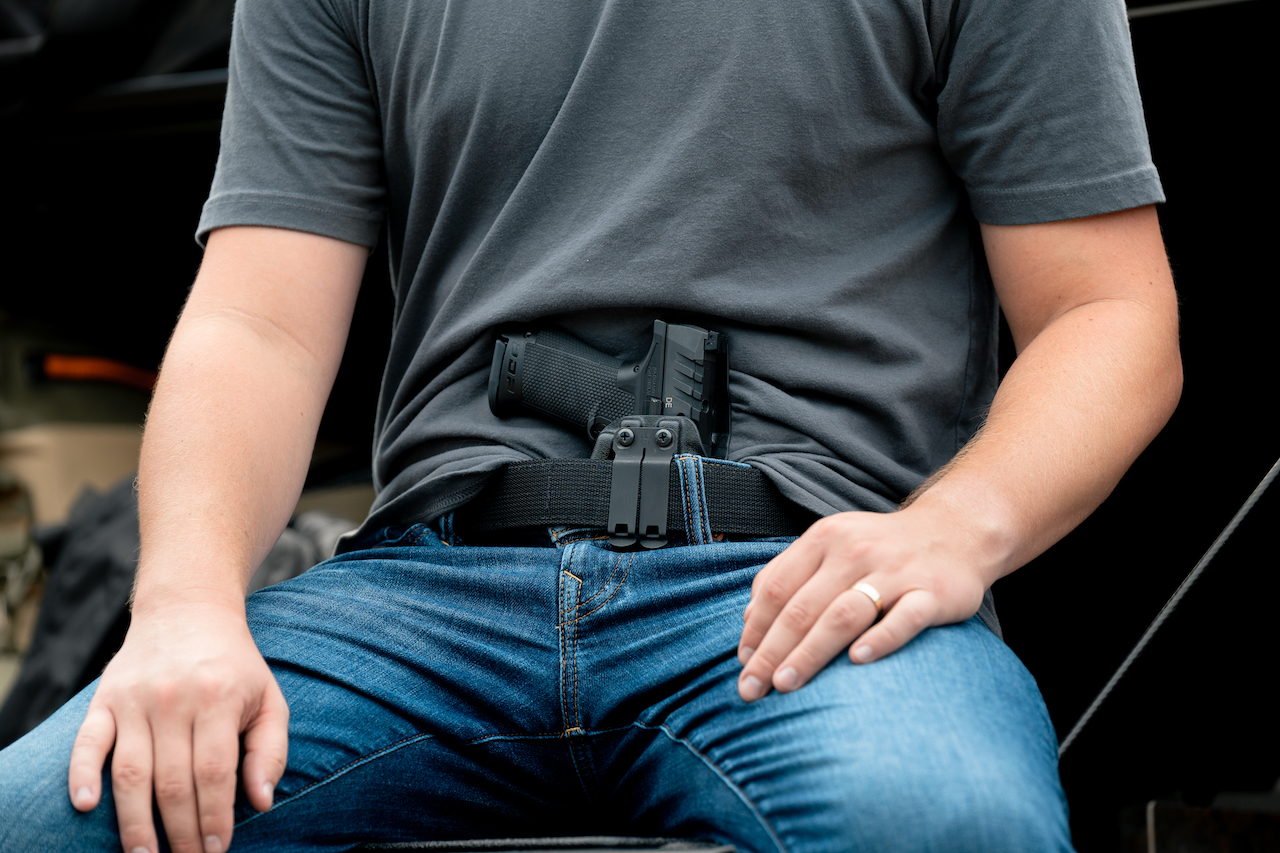
Source: harrysholsters.com
Real-World Setups And Recommendations
Here are setups I have used or coached, and why they work.
- Daily commuter, AIWB: Compact pistol in a kydex AIWB with claw and foam wedge, mid-low ride height. Benefits: quick access under the belt, strong concealment in T-shirts.
- Winter driver, shoulder holster: Vertical shoulder holster with balanced off-side mag carrier. Benefits: easy access under a zipped jacket, very comfortable on long drives.
- Cross-draw for back issues: Cross-draw OWB with forward cant. Benefits: no hip pressure, clear access while seated, friendly to limited shoulder mobility.
- Beltless travel, chassis system: Enigma-style chassis with kydex shell for subcompact. Benefits: works in joggers, stable and concealable when seated.
Accessories that help:
- Small foam wedge or gel pad for AIWB comfort.
- Seat belt pad or a soft belt sleeve to reduce digging.
- Spare mag on support side for balance and reliability.
What to avoid:
- Soft, collapsible holsters that close over the trigger.
- Gimmicky car magnets without retention or trigger protection.
- Holsters that force the muzzle into your leg when seated.
Source: www.reddit.com
Legal And Safety Considerations
Know the rules and keep the gun secured.
- Laws vary: States handle car carry, transport, and off-body storage differently. Some require specific placement or permit conditions.
- Private property policies: Rideshare, delivery, or employer policies can forbid carry in work vehicles.
- Retention matters: Use holsters with positive click retention. In a crash, unsecured guns become projectiles.
- Muzzle discipline: Choose holster angles that avoid flagging your body when seated.
- Training: Practice with an unloaded firearm first. Consider a reputable vehicle defense class.
Evidence-based note: Studies on vehicle collisions stress restraint integrity. A holster with solid retention and a belt-mounted clip reduces the risk of the firearm dislodging in sudden deceleration.
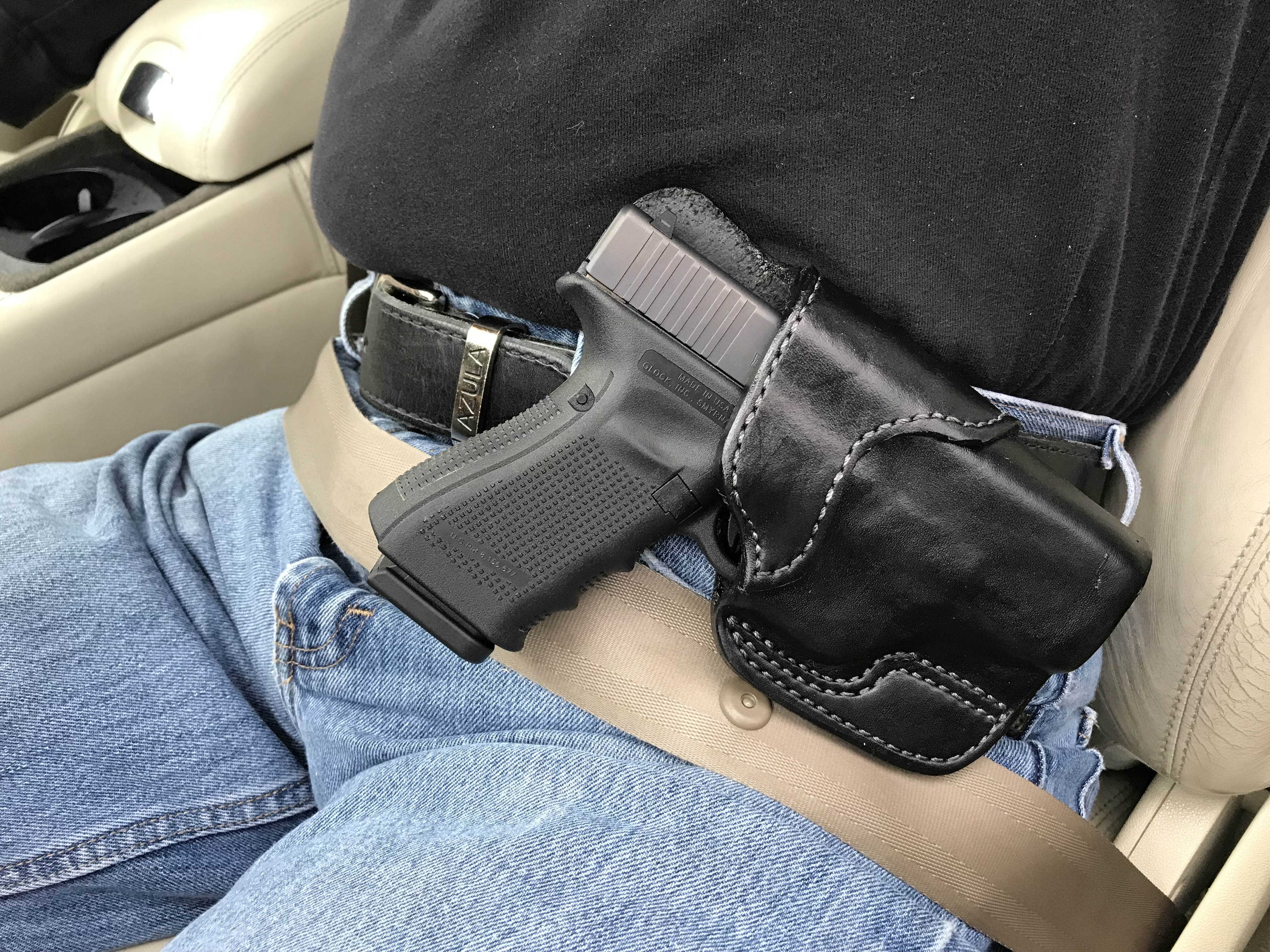
Source: azulagunholsters.com
Frequently Asked Questions Of What Is The Best Holster For Sitting Or Driving?
Is Appendix Carry Safe When I Sit In A Car?
Yes, with a quality holster that fully covers the trigger, has solid retention, and an angle that points the muzzle away from your body. Train careful reholstering and avoid forcing the gun into the holster while seated.
What Holster Works Best With A Seat Belt On?
AIWB and cross-draw are the fastest for most people. Shoulder holsters are excellent in colder months when you wear a cover garment.
Do I Need A Special Belt For Seated Carry?
A rigid gun belt makes a big difference. It stabilizes the holster so your draw is consistent and reduces pressure points during long drives.
Are Car Mount Holsters A Good Idea?
Only with proper retention, trigger protection, and legal compliance. Off-body options raise safety and access risks and can leave the gun behind when you exit the vehicle.
What If I Have A Bigger Belly Or Lower Back Pain?
Use a foam wedge, lower the ride height, and try AIWB or cross-draw. Many people with back pain find cross-draw or a well-tuned shoulder holster more comfortable.
Should I Change My Holster For Road Trips?
You can, but it is better to tune one setup that works well both standing and seated. If you switch, train with the road-trip rig before you travel.
Wrap-Up And Next Steps
If you want fast, safe access in a seat, start with AIWB or cross-draw. Tune your holster with a claw, wedge, and a solid belt. If you live in hoodies and jackets, a quality shoulder rig can be your most comfortable choice. Test your setup in the car, buckle up, and make sure you get a clean grip without strain.
Take the checklist above to your parking spot and run it today. Dial in your ride height and wedge, then drive for an hour to see what needs fixing. When your gear works while seated, it will work anywhere. Want more tips? Subscribe, leave a comment with your body type and pistol, and I’ll help you dial a personalized setup.
Watch This Video on What is the best holster for sitting or driving?

